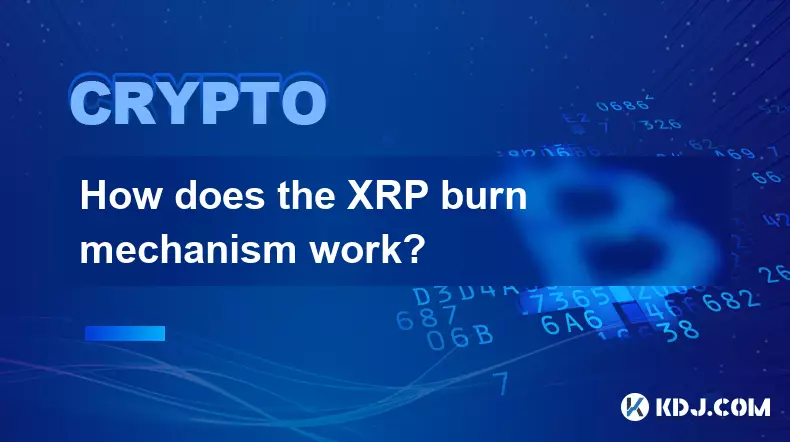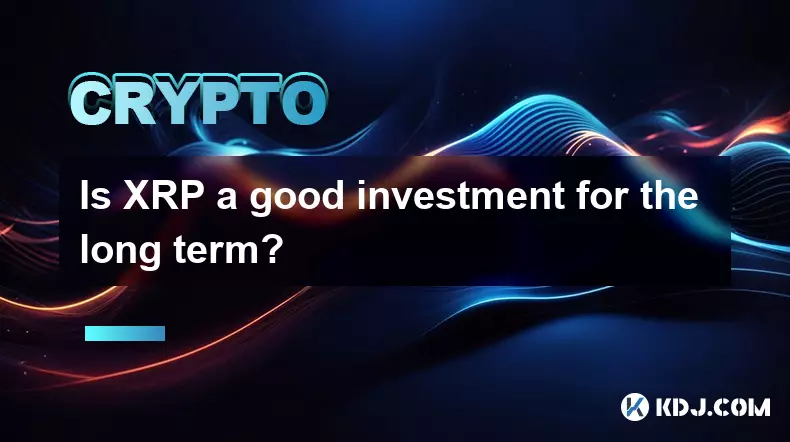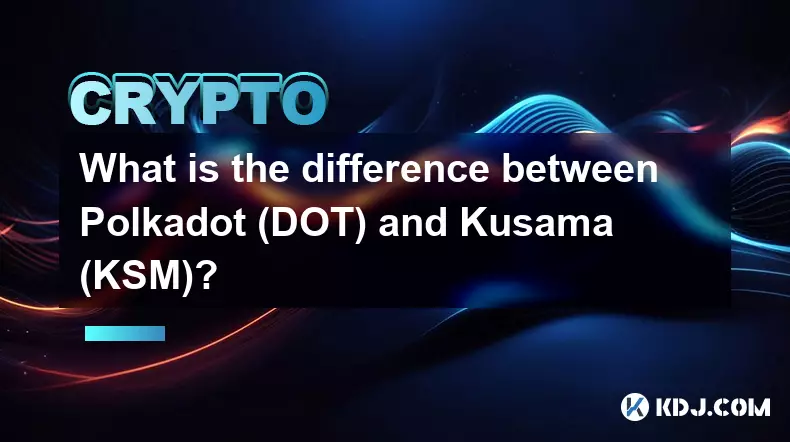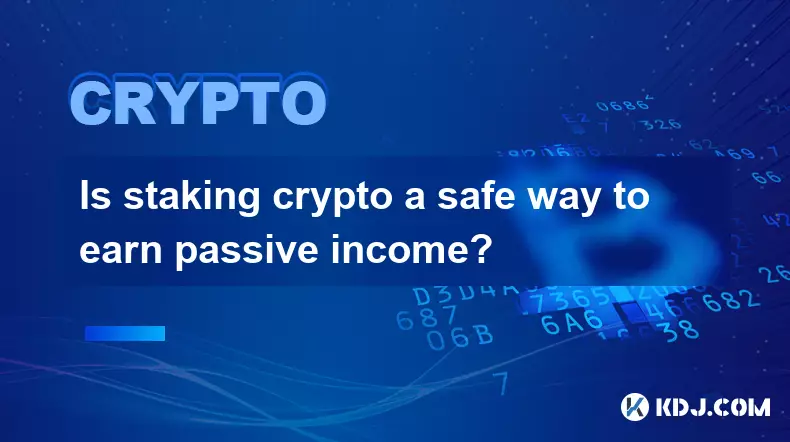-
 bitcoin
bitcoin $111145.080499 USD
0.75% -
 ethereum
ethereum $3928.989005 USD
1.66% -
 tether
tether $1.000226 USD
-0.02% -
 bnb
bnb $1108.209329 USD
-2.26% -
 xrp
xrp $2.545944 USD
6.36% -
 solana
solana $193.960655 USD
0.72% -
 usd-coin
usd-coin $1.000128 USD
0.02% -
 dogecoin
dogecoin $0.199304 USD
2.23% -
 tron
tron $0.297908 USD
-4.88% -
 cardano
cardano $0.656962 USD
2.13% -
 hyperliquid
hyperliquid $39.225782 USD
-1.92% -
 chainlink
chainlink $17.897108 USD
2.99% -
 ethena-usde
ethena-usde $0.999354 USD
-0.02% -
 stellar
stellar $0.321154 USD
3.36% -
 bitcoin-cash
bitcoin-cash $505.299839 USD
5.10%
How does the XRP burn mechanism work?
The XRP burn mechanism permanently removes small amounts of XRP with each transaction, reducing supply over time and enhancing network security and scarcity.
Oct 25, 2025 at 09:23 am

The XRP Burn Mechanism: Understanding the Basics
The XRP burn mechanism is an integral part of the Ripple network’s design, ensuring long-term stability and controlled supply dynamics. Unlike traditional inflationary models, where new tokens are continuously minted, XRP operates on a deflationary principle through transaction cost burning. Every time a transaction occurs on the XRP Ledger (XRPL), a small portion of XRP is permanently removed from circulation. This process helps prevent spam and maintains network efficiency.
1. How Transaction Fees Lead to Burning
- 1. Each transaction on the XRPL requires a nominal fee, denominated in XRP.
- 2. This fee is not awarded to validators or miners but is instead destroyed.
- 3. The amount is typically minimal—often less than one-thousandth of an XRP unit (a 'drop').
- 4. The destruction occurs at the protocol level, meaning the burned XRP is irreversibly removed from the total supply.
- 5. As transaction volume increases, the cumulative effect of these micro-burns becomes more significant over time.
2. Purpose and Economic Impact
- 1. The primary goal of burning XRP is to deter malicious actors from flooding the network with spam transactions.
- 2. By imposing a cost for each transaction, the network ensures that only legitimate usage persists.
- 3. The gradual reduction in circulating supply may contribute to scarcity, influencing market valuation.
- 4. Since the total initial supply was capped at 100 billion XRP, and approximately half remain in circulation, the burn rate adds another layer of supply control.
- 5. This deflationary pressure contrasts sharply with cryptocurrencies that rely on inflationary reward systems for block validation.
3. Technical Implementation and Transparency
- 1. The burn mechanism is hardcoded into the XRP Ledger’s consensus protocol.
- 2. Validators do not receive transaction fees; they are simply discarded after consensus is reached.
- 3. Every burned amount is recorded on the public ledger, allowing full transparency and auditability.
- 4. Users can verify burn data using blockchain explorers that track historical transaction costs.
- 5. The deterministic nature of the fee schedule ensures predictability, minimizing unexpected economic shocks.
Frequently Asked Questions
Q: Can burned XRP ever be recovered or restored?A: No. Once XRP is burned, it is permanently removed from existence. The XRPL protocol does not allow for the retrieval or recreation of destroyed tokens.
Q: Does Ripple benefit financially from the burn mechanism?A: Ripple does not receive any financial benefit from transaction fees. The company holds its own reserves of XRP, but it gains nothing directly when XRP is burned during transactions.
Q: How much XRP has been burned so far?A: Exact figures vary as burns occur with every transaction. Public analytics platforms estimate that hundreds of millions of XRP drops have been destroyed since the network's inception, though this represents a tiny fraction of the overall supply.
Q: Is the burn rate adjustable?A: The base transaction cost is set by the protocol but can be adjusted through amendments voted on by the validator community. Any changes require broad consensus across the decentralized network.
Disclaimer:info@kdj.com
The information provided is not trading advice. kdj.com does not assume any responsibility for any investments made based on the information provided in this article. Cryptocurrencies are highly volatile and it is highly recommended that you invest with caution after thorough research!
If you believe that the content used on this website infringes your copyright, please contact us immediately (info@kdj.com) and we will delete it promptly.
- Essex Post Office, 5p Coins, and King Charles: A Royal Mint Revelation!
- 2025-10-23 10:30:16
- Waymo's Newark Airport AV Tests: Alphabet's AI Gamble Pays Off?
- 2025-10-23 10:30:16
- King Charles 5p Coins: A Royal Flush in Your Pocket?
- 2025-10-23 10:35:18
- Solana, Crypto Advisory, and Forward Industries: A New York Minute on the Future of Finance
- 2025-10-23 08:51:22
- MAGACOIN: Ethereum Whales Dive into the Hottest Presale of 2025
- 2025-10-23 08:51:22
- Kadena's End of the Road? KDA Token Plummets Amid Project Abandonment
- 2025-10-23 08:55:34
Related knowledge

How does the XRP burn mechanism work?
Oct 25,2025 at 09:23am
The XRP Burn Mechanism: Understanding the BasicsThe XRP burn mechanism is an integral part of the Ripple network’s design, ensuring long-term stabilit...

Is XRP a good investment for the long term?
Oct 25,2025 at 09:00pm
Understanding XRP’s Role in the Cryptocurrency Ecosystem1. XRP operates as a digital asset designed for fast and low-cost international money transfer...

How to do your own research (DYOR) on a crypto project?
Oct 23,2025 at 12:55pm
Understanding the Project’s Whitepaper and Vision1. Begin by accessing the project’s official whitepaper, typically available on its website. This doc...

What is the difference between Polkadot (DOT) and Kusama (KSM)?
Oct 13,2025 at 01:54pm
Understanding the Core Functions of Polkadot and Kusama1. Polkadot operates as a multi-chain network designed to enable different blockchains to trans...

Is staking crypto a safe way to earn passive income?
Oct 11,2025 at 05:55am
Understanding the Mechanics of Crypto Staking1. Crypto staking involves locking up a certain amount of cryptocurrency in a wallet to support the opera...

What is Litecoin and how is it different from Bitcoin?
Oct 15,2025 at 01:00am
What Is Litecoin?1. Litecoin is a peer-to-peer cryptocurrency created by Charlie Lee in 2011 as a lighter alternative to Bitcoin. Built on an open-sou...

How does the XRP burn mechanism work?
Oct 25,2025 at 09:23am
The XRP Burn Mechanism: Understanding the BasicsThe XRP burn mechanism is an integral part of the Ripple network’s design, ensuring long-term stabilit...

Is XRP a good investment for the long term?
Oct 25,2025 at 09:00pm
Understanding XRP’s Role in the Cryptocurrency Ecosystem1. XRP operates as a digital asset designed for fast and low-cost international money transfer...

How to do your own research (DYOR) on a crypto project?
Oct 23,2025 at 12:55pm
Understanding the Project’s Whitepaper and Vision1. Begin by accessing the project’s official whitepaper, typically available on its website. This doc...

What is the difference between Polkadot (DOT) and Kusama (KSM)?
Oct 13,2025 at 01:54pm
Understanding the Core Functions of Polkadot and Kusama1. Polkadot operates as a multi-chain network designed to enable different blockchains to trans...

Is staking crypto a safe way to earn passive income?
Oct 11,2025 at 05:55am
Understanding the Mechanics of Crypto Staking1. Crypto staking involves locking up a certain amount of cryptocurrency in a wallet to support the opera...

What is Litecoin and how is it different from Bitcoin?
Oct 15,2025 at 01:00am
What Is Litecoin?1. Litecoin is a peer-to-peer cryptocurrency created by Charlie Lee in 2011 as a lighter alternative to Bitcoin. Built on an open-sou...
See all articles










































































